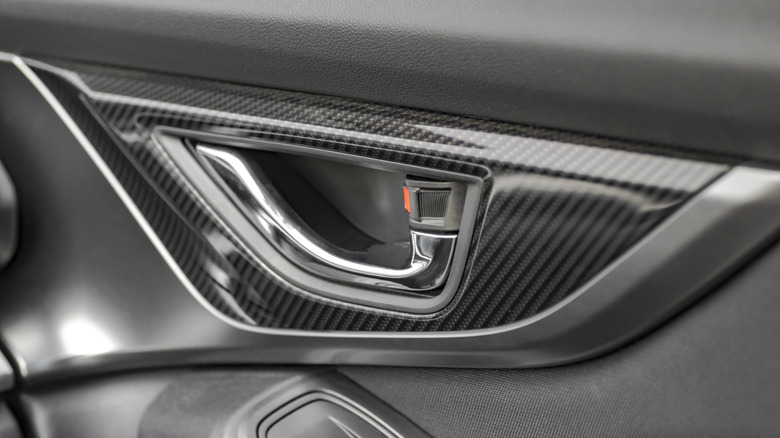Automakers, their suppliers, and car enthusiasts were concerned about a proposal to ban carbon fiber in automotive construction across the European Union. However, legislators will no longer consider the planned 2029 ban. The European Parliament stated this week that carbon fiber will be removed from a hazardous materials list in a proposed amendment to its End of Life Vehicles Directive. Those of you fantasizing about buying a carbon fiber-covered version of Lamborghini’s Huracán successor can breathe a sigh of relief.
The dropped prohibition was confirmed by a European Parliament spokesperson, according to Motor1. It’s unclear precisely why the proposal was abandoned, but numerous vested interests were vocally opposed when the legislatory body published it in January. Japanese suppliers control over half of the global carbon fiber market. A representative of Toray Industries said the industry would work together to deal with the issue, and the effort was seemingly highly effective. Toray had a massive revenue stream under threat as over half its automotive sales are in Europe.
The concerns about carbon fiber still exist
While the EU has shelved the ban, the hazards regarding the disposal of carbon fiber still exist. The micrometer-thin carbon filaments can fray over time, become airborne and cause harm if it comes into contact with your skin. I can only imagine how bad it could be if you inhaled carbon dust. An outright ban would’ve been heavy-handed despite the known health risks. Hopefully, standards can be established to recycle or safely throw away carbon fiber from destroyed vehicles.
Sustainable alternatives to carbon fiber do exist, but haven’t been widely adopted. Natural fiber composite derived from flax is a notable solution. The material is already being used in motorsport, especially the Japan-based Super Formula Championship and the electric FIA Formula E World Championship. In crash tests, natural fiber performs similarly to carbon fiber, except the flax alternative doesn’t splinter on impact like carbon. The most significant deterrent for racing programs is that natural fiber composite is 40% heavier than carbon fiber. The push toward being fully sustainable has led each racing series down this path, but natural fiber composites could help our quality of life directly.


